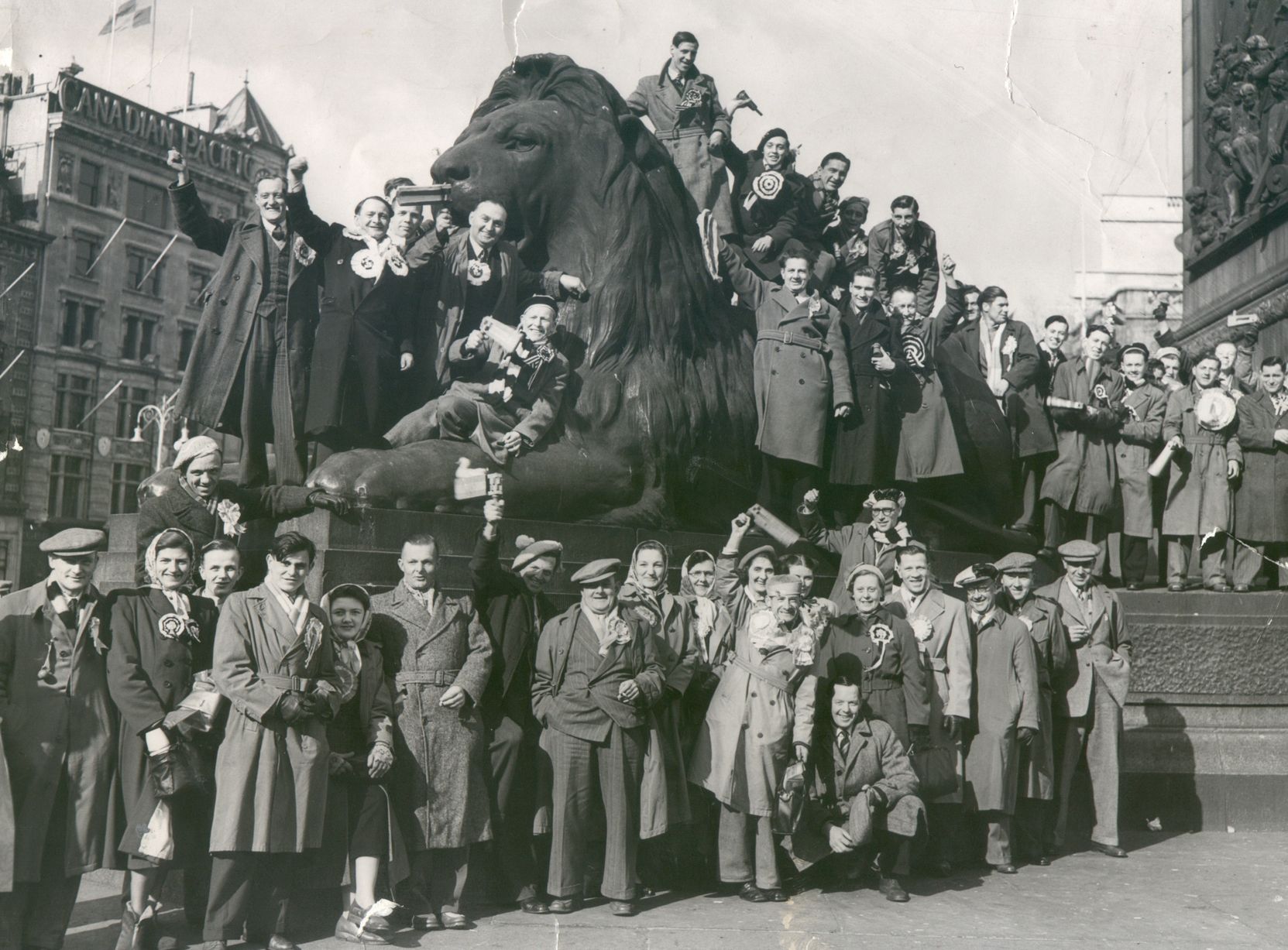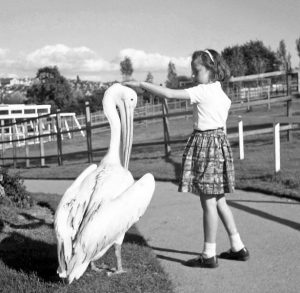
zoo tomorrow
The context
Zoo Corner can be found at Home Park, Plymouth. It was described in a June 2018 blog by Argyle’s Head of Operations, Jon Back, as “towards the east end of the Lyndhurst Stand.”
These four seated blocks enjoy talismanic status among Sky-era Argyle fans. They regard them as a particularly atmospheric place. Controversy flares from time to time when the Corner is shut as for segregation purposes (it’s handily-placed for goading away fans), or to save money. So Back’s revelation that this would be be the future home of “directors, VIPs, sponsors and corporate guests” didn’t generate much enthusiasm.
You might suppose that the “Zoo” label has been earned by generations of wild behaviour and lawlessness. Other clubs, after all, have their Jungles and Snakepits. But the truth is rather more exotic….
The history
This corner of Central Park bustled with activity during the early Sixties. Jack Rowley’s team had been promoted from Division Three (South) as champions in 1959, necessitating various ground improvements to accommodate bigger crowds. New terracing on its Lyndhurst side meant that Home Park could stage the 1962 England v Belgium under-23 international; these works had been entirely funded by the Supporters’ Club, who subsequently raised even more money for a handsome roof.
Grassy slopes fell away behind Home Park’s open end towards the city centre and Plymouth Sound. Volunteers also built concrete terraces here. Access was via a steep series of concrete staircases leading to its rear; this precarious and ill-lit incline featured safety signs reading “10 steps start here”, described by Simon Inglis as being “like end-of-the-line tube stations on the outskirts of London.”
Behind this path – in 1962 – Plymouth City Council built Central Park Zoo. Their partnership with circus owners, the Chipperfields, saw animal enclosures positioned immediately next to Home Park. Plymouth Zoo once attracted 50,000 visitors every year. It had lions, tigers, leopards, pumas, elephants, zebras, rhinos, hippos, wallabies, penguins and a pelican called Percy. (There were also some rabbits, which periodically escaped and dug holes in the pitch).

having a giraffe (Plymouth Herald)
Zoos nowadays divide opinion. Plymouth’s provided colour and beauty much welcomed by children growing up in a blitz-damaged, run-down city. It frequently quarantined animals en route from Millbay Docks to other zoos and safari parks around the country; this shifting population meant that animals were treated more as pets than money-making exhibits.
Health and safety came some way down everyone’s list of priorities. Percy, for example, could be notoriously aggressive; visitors were actively encouraged to stroke tigers, toddlers hugged lion cubs. The small enclosures were Heath Robinson affairs made from chicken wire and scaffolding rather than traditional, full-height cages. But this hastily-conceived scheme had an innocent magic I will never forget. .

roar draw (Plymouth Herald)
Balmy, sun-drenched days
Times change and so do people. Visitor numbers steadily declined; the zoo closed in 1978. A skateboard park briefly occupied its site, which is now landscaped.
The last word belongs to former Argyle secretary Jon Back, who writes “I can still remember standing on the old Spion Kop as a boy, hearing the occasional roar of lions and trumpet of the elephant on balmy, sun-drenched days when the on-field play was languid.”






